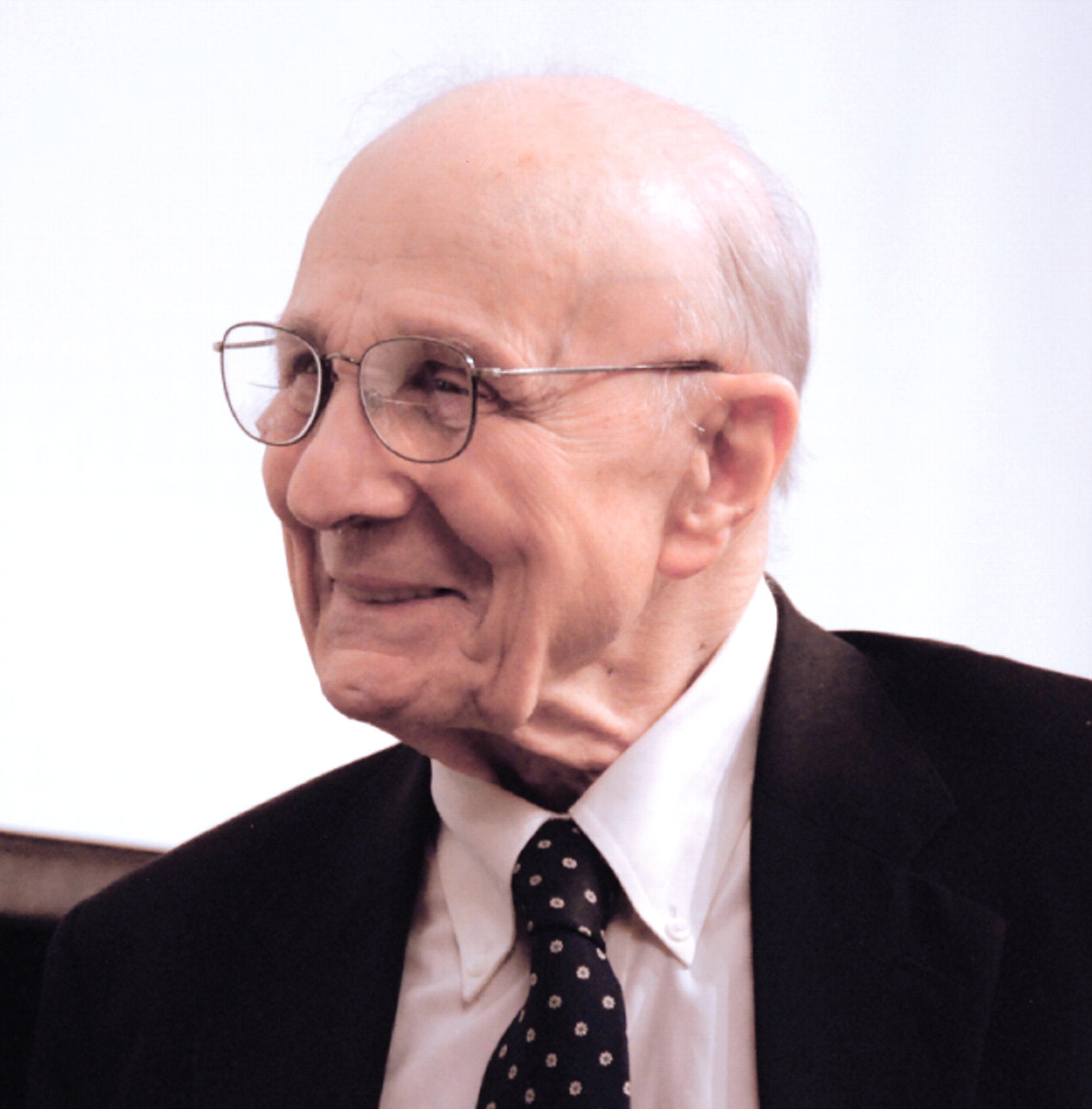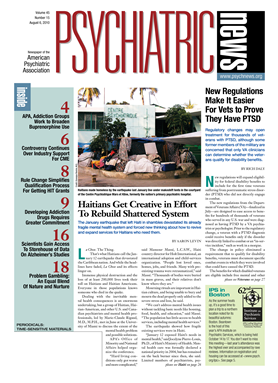Continuing medical education (CME) is ripe for major changes, said speakers at “Prescriptions for Conflict,” a conference on the role of industry in CME held in June at Georgetown University.
The conferees generally echoed the views in two 2009 reports from the Institute of Medicine that noted “major flaws in the way [CME] is conducted, financed, regulated, and evaluated,” and called for “high-quality accredited continuing medical education that is free of industry influence.”
Problems arise when the obligation to the patient is in conflict with someone else's interests, said Edmund Pellegrino, M.D., a professor emeritus of medicine and medical ethics at Georgetown.
“The patient expects our technical expertise and its use in the patient's interest,” said Pellegrino. “A higher level of commitment demands a higher level of professional performance and a higher level of moral obligation.”
CME is an old idea and so are worries about industry influence, said medical historian Jeremy Greene, M.D., Ph.D., an assistant professor in the Department of the History of Science at Harvard University and an instructor in the Division of Pharmacoepidemiology and Pharmacoeconomics at Harvard Medical School.
Commercial involvement became significant in the decades after World War II as physicians felt pressed to keep up with the waves of new drugs that came on the market, said Greene. In the “therapeutic jungle” of new medicines and the rising costs of delivering information, industry stepped in to play an increasing role in CME.
That role was quickly perceived as worrisome. Sen. Charles Grassley's (R-Iowa) recent investigation into conflict of interest in medicine is only the latest in a long line of Capitol Hill inquiries stretching back to the 1950s (Psychiatric News, September 8 and October 15, 2008).
“Distinguishing education from promotion remains a problem,” said Greene. “In the end, attempts to control influence with caps on gifts or with firewalls have not eliminated systemic bias in industry-sponsored CME.”
Groundwork Laid Very Early
The influence of pharmaceutical companies on the flow of information begins long before the free lunch or the CME session at the fancy resort, said emergency physician Joel Lexchin, M.D., a professor in the School of Health Policy and Management at Canada's York University and an associate professor in the Department of Family and Community Medicine at the University of Toronto.
“The pharmaceutical companies want blockbuster drugs, so they want to manage information,” he said.
Strong evidence of bias occurs in at least the following five ways when drug and device manufacturers are involved, said Lexchin:
•.
Poor communication of safety issues to regulators, in which companies play down evidence of increased side effects or mortality (as in the Vioxx case).
•.
Publication bias, in which studies are more likely to arrive at positive results if they are supported by industry and positive studies are three times more likely to be published than neutral or negative studies. He noted that published versions of studies were more positive than the same information given to the FDA.
•.
Ghost-written articles, scripted to company specifications and topped with the name of a highly regarded researcher who is not actually an author. The name attached to these articles makes them more likely to be cited and published in more prestigious journals, increasing their influence.
•.
Submission of applications to expand a drug's indications, particularly in ways that encourage primary care clinicians to prescribe it more.
•.
Silencing critics with threats of lawsuits and other means.
Regulatory responses are insufficient to deter these types of questionable activities, said Lexchin. In 2009, the FDA levied $2.3 billion in fines against companies in the marketing campaigns for four drugs. That may seem like a staggering deterrent, but the drugs earned $16.8 billion for the companies involved.
Can Physicians See Through the Bias?
At least part of the reason such company strategies continue to work is that physicians and other clinicians believe they are immune from such blandishments.
“There's a weird psychology in medicine that doctors feel they can't be influenced,” said Paul Thacker, a senior investigator for Grassley's Senate Finance Committee. “They believe they really are the smartest guys in the room.”
Smart, maybe, but not always good at detecting bias, said Adriane Fugh-Berman, M.D., an associate professor in the complementary and alternative medicine master's program in the Department of Physiology and Biophysics at Georgetown University, who helped organize the meeting. “All studies show that physicians cannot detect bias in commercially funded CME.”
That is partly because promotional efforts begin filtering through CME three to seven years before a drug receives FDA approval, when “key opinion leaders” begin giving talks to prepare the market, she said. “Their job is not to promote the drug, but to promote the disease by pointing out that it is underdiagnosed but very serious.”
The current system “promotes medical conditions and a drug-intensive style of medical practice,” said Marcia Angell, M.D., a former editor of the New England Journal of Medicine who attended the conference. “We've convinced ourselves that the companies that sell us drugs can educate us, but should industry be involved in CME at all?”
After that steady onslaught, it took a brave soul to mount a counterargument.
Industry Sees Valuable Role
“We want to be part of a constructive dialogue about needs-based, evidence-based, and patient-focused continuing medical education,” said Pfizer's Maureen Doyle-Scharff senior director and team leader for external communications in the medical education group. Many of the complaints about industry marketing practices raised at the conference by repentant former drug reps were now out of date, she said. “My world is truly in the best interests of patients.”
Medical specialty societies often depend on industry money, but it is possible to use pharma dollars without compromise, said Norman K ahn, M.D., executive vice president and CEO of the Council of Medical Specialty Societies. The council's code of ethics for interactions with industry calls for programs free of company influence and for full disclosure of sponsorship to physicians and the public, he said.
Problems Evident, Solutions Aren't
In the end, conferees were more explicit about the problem of commercial influence on CME than about solutions.
Participants said that expecting industry to donate funds into a general medical education fund beyond their control was unlikely.
One alternative is to eliminate commercial support entirely. The East Carolina University School of Medicine, for example, supports CME with a mix of registration fees, university backing, Area Health Education Center funding, and contracts with hospitals and state agencies, said Stephen Willis, M.D., associate dean for CME and assistant vice chancellor of continuing health sciences education. “We don't allow people with commercial conflicts of interest to speak in the program,” he said. For its part, the Institute of Medicine ultimately called for a more comprehensive, multiprofession model of professional development that goes beyond the usual lecture-based training and “stretches beyond the classroom to the point of care.”


